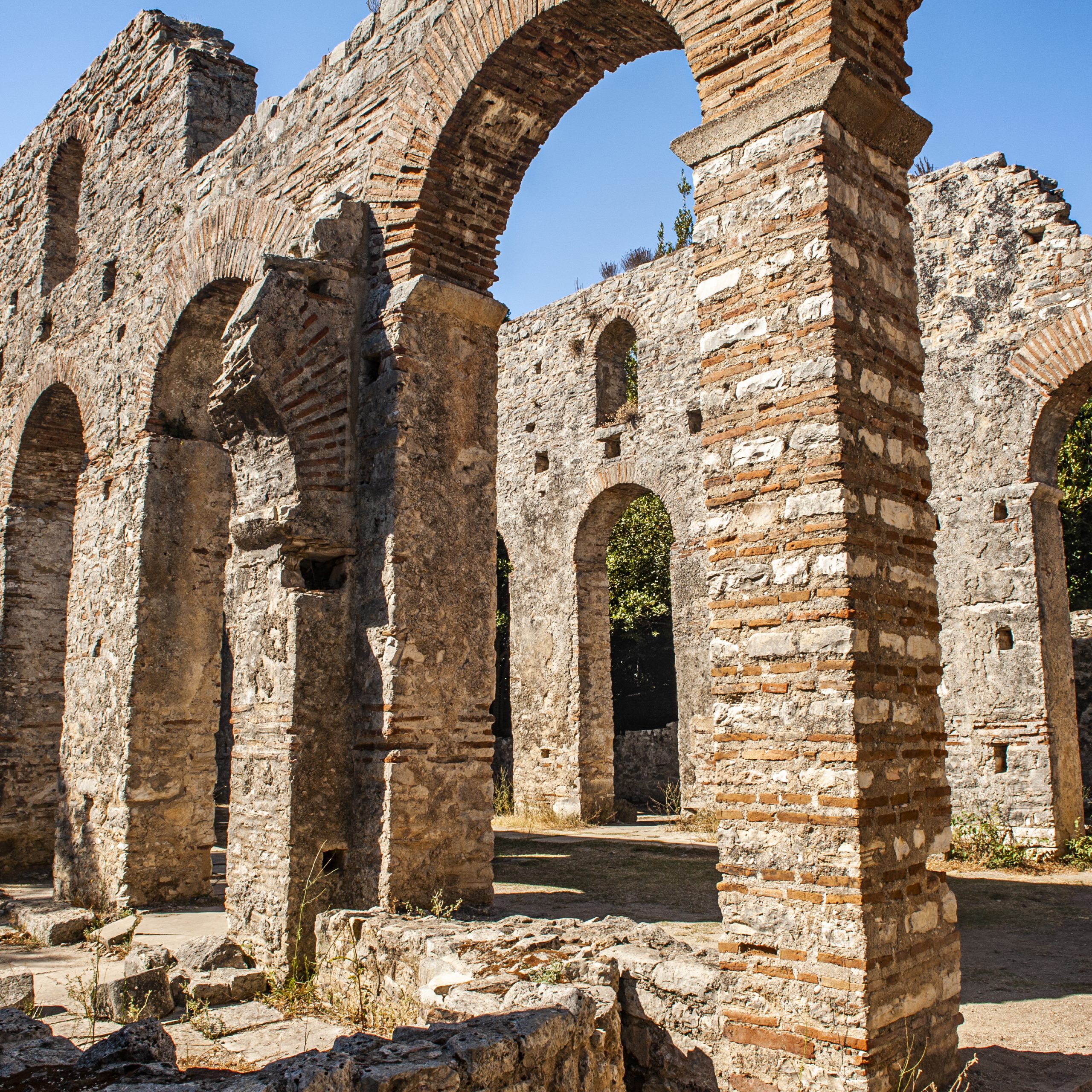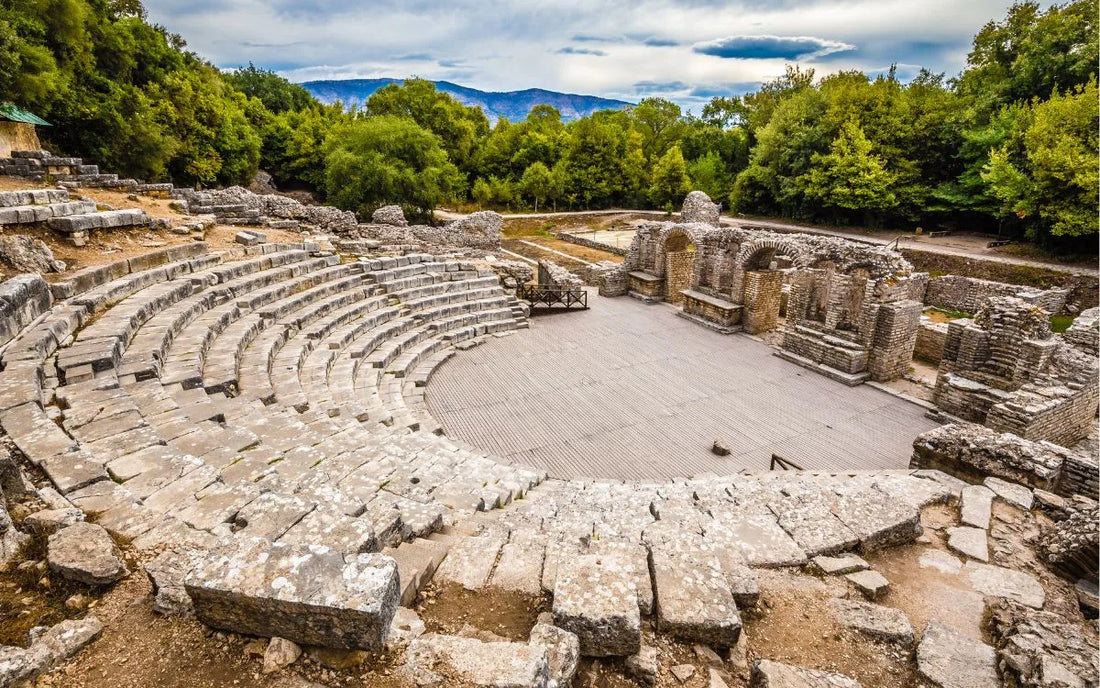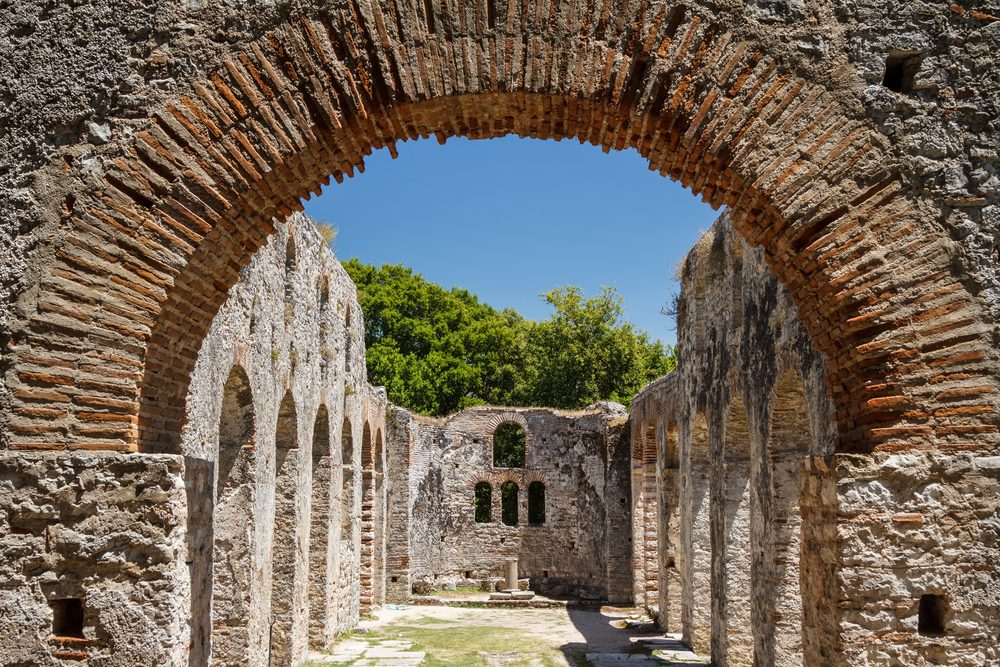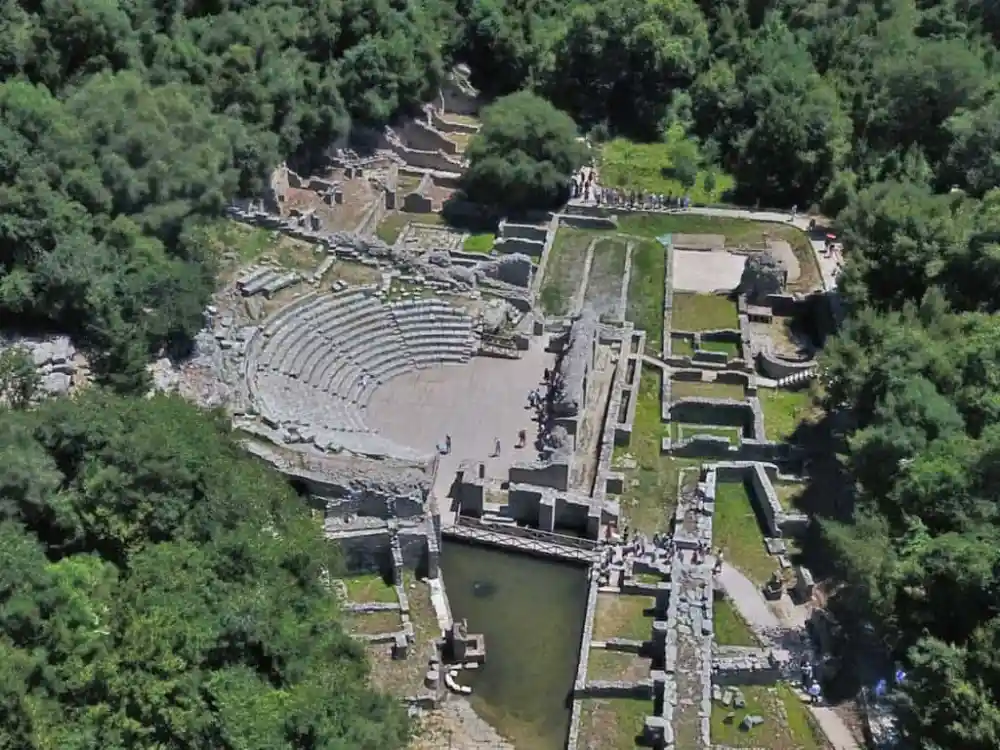Key Takeaways
- Butrint National Park merges spectacular archaeological sites with rich biodiversity, making it a UNESCO World Heritage Site.
- Its location on a scenic peninsula offers stunning views and easy access from southern Albania and Greece.
- The park hosts an array of ancient structures, including a Greek theater, Roman baths, and Byzantine basilicas, narrating stories from thousands of years ago.
- Its diverse landscapes—wetlands, forests, and lagoons—provide vital habitats for hundreds of bird species and other wildlife.
- Visitors can explore via guided tours, birdwatching, boat trips, and self-guided walks, making each visit a unique experience.
Step into a world where history and nature intertwine seamlessly. Butrint National Park in Albania is a treasure trove waiting to be explored, offering a profound journey back in time amidst breathtaking landscapes.
Introduction: Discover Butrint National Park
Butrint National Park in Albania is a remarkable blend of cultural and natural wonders.
Declared a UNESCO World Heritage Site in 1992, this park is celebrated for its priceless archaeological remains that span history from the Bronze Age to the Middle Ages. Within its boundaries, you’ll find a harmonious mix of ecosystems, including wetlands, hills, and the Vivari Channel, which create a perfect setting for both history buffs and nature enthusiasts. With its rich history and diverse biodiversity, Butrint National Park promises an unforgettable experience for all who visit.
Location and Accessibility: Getting to Butrint National Park
Nestled in southern Albania, Butrint National Park lies on a picturesque peninsula extending into Lake Butrint. It’s strategically situated just 18 kilometers south of Sarandë, close to the Greek border. The park is separated from the Ionian Sea by the scenic Vivari Channel. Its coordinates are approximately 39.75° N latitude and 20.02° E longitude.
How to Get There
- By Car: Driving from Sarandë is the most common way to reach Butrint. The drive takes about 20-30 minutes on well-maintained roads. For those traveling from further distances, the journey from Gjirokastër takes around 1.5 to 2 hours, and from the capital city, Tirana, it’s approximately a 5-6 hour drive.
- By Bus: Regular bus services run between Sarandë and Butrint, especially during the peak tourist season. It’s advisable to check the local bus schedule for the most up-to-date information.
- From Corfu: Visitors from Greece can take ferries from Corfu to Sarandë and then continue by bus or taxi to Butrint.
Best Times to Visit
The ideal seasons to explore Butrint are spring (April to June) and fall (September to October). During these times,
the weather is pleasantly warm, and crowds are thinner, allowing for a more leisurely experience. The landscapes bloom vibrantly, with flora and fauna adding to the park’s natural beauty. These seasons are perfect for enjoying the park’s outdoor activities and archaeological sites without the intense summer heat.
Historical and Archaeological Significance: Exploring Ancient Ruins
Butrint National Park is a
treasure trove of ancient ruins, each telling stories from different civilizations over millennia. Its strategic position made it a vibrant hub for Greek, Roman, and Byzantine influences, facilitating trade and cultural exchange throughout history.
Notable Ancient Structures
- Fortified City: The remnants of city walls reveal layers of occupation from various eras, illustrating architectural evolution reflective of diverse cultures.
- Greek Theater: Dating back to the 3rd century BC, this remarkably preserved theater could host around 1,500 spectators. It remains a focal point for cultural events and offers insights into ancient Greek entertainment practices. For more, see our Historical and Archaeological Significance post.
- Roman Baths: Featuring intricate mosaic floors, these baths highlight Roman engineering and social life during antiquity.
- Byzantine Basilica: Built in the 6th century, this basilica has stunning mosaic floors depicting Christian symbols and religious scenes.
- Venetian Tower: Reflecting later Venetian influence, the tower served defensive purposes and is a significant landmark within the site.
Key Landmarks
Iconic features such as the
Lion Gate—with its relief of a lion devouring a bull—and the
Temple of Asclepius highlight the ancient religious practices. The
Baptistery within the basilica complex boasts mosaics with animals and Christian symbols, emphasizing Butrint’s role as a spiritual hub. For more scholarly insights, see Hodges et al..
Natural Environment and Biodiversity: A Haven for Flora and Fauna
Beyond its archaeological richness, Butrint is an
ecological sanctuary, supporting diverse ecosystems that are crucial for regional conservation. Its landscapes—from wetlands and lagoons to forests—provide habitat for a wide array of plant and animal species.
Diverse Landscapes
- Wetlands: The Vivari Channel and adjoining lagoons serve as vital habitats for migratory birds and aquatic life.
- Forests: Mediterranean oak and pine forests, along with shrubland, house plants like orchids and irises, and shelter animals such as jackals and otters.
- Lagoons: Lake Butrint’s brackish waters support a multitude of fish and aquatic plants, sustaining the entire ecosystem.
Rich Flora and Fauna
Rare plants like orchids and irises are found here. Birdwatchers can spot over 240 bird species, including herons, flamingos, and kingfishers. Mammals such as
jackals and
otters, reptiles including tortoises, and amphibians also thrive in this protected environment.
Ecological Importance and Conservation
Designated part of the Natura 2000 network, Butrint’s wetlands and forests are protected to prevent habitat destruction, pollution, and over-tourism. Conservation efforts aim to preserve biodiversity while allowing sustainable visitation. For more details, see our Natural Environment and Biodiversity post.
Activities and Visitor Experience: What to Do in Butrint National Park
Visitors can experience Butrint through various engaging activities tailored to all interests. Whether you prefer walking, birdwatching, or boat trips, the park offers a multitude of ways to connect with both history and nature.
Popular Activities
- Walking Tours: Self-guided paths or guided tours reveal hidden corners of the archaeological site and natural landscapes.
- Bird Watching: Bring binoculars to observe herons, flamingos, and other species in the wetlands, especially during migration seasons.
- Guided Archaeological Tours: Experts lead detailed explorations into the park’s rich past, illuminating the stories behind each ruin. For planning, see our Activities and Visitor Experience.
- Boat Tours: Explore Lake Butrint and the Vivari Channel from the water, witnessing landscapes from a different perspective. More options are available in our Boat Tours in Albania article.
Visitor Expectations and Amenities
Enjoy scenic viewpoints, informative signage, and a visitor center with maps and exhibits. Practical facilities include parking, restrooms, cafés, and souvenir shops to enhance your experience. For detailed tips, consult our Travel Tips in Albania.
Importance of Preservation and Conservation Efforts: Protecting a Rich Legacy
Protecting Butrint’s cultural and natural assets involves ongoing preservation projects. These include restoring ancient monuments, managing ecosystems, and promoting sustainable tourism practices. Collaborations involve local authorities, UNESCO, and conservation NGOs working together to address challenges like erosion, pollution, and over-visitation. For further insights, see our Cultural Heritage Preservation post and the
UNESCO site page.
Ensure a smooth visit by checking current entry fees and opening hours. Follow the park regulations: stay on designated paths, do not disturb wildlife, and dispose of waste responsibly. Guided tours can be booked in advance, or you may explore independently with maps and signage. Remember to support local businesses and practice eco-friendly tourism to preserve Butrint for future generations.
Conclusion: Why Butrint National Park is a Must-See Destination
With its captivating archaeological sites and vibrant ecosystems, Butrint National Park offers a timeless journey through history and nature. It’s a unique destination where you can walk through ancient civilizations and witness diverse flora and fauna in a pristine setting. For anyone interested in cultural heritage and ecological diversity, a visit to Butrint is an unforgettable experience that enriches the mind and soul.






